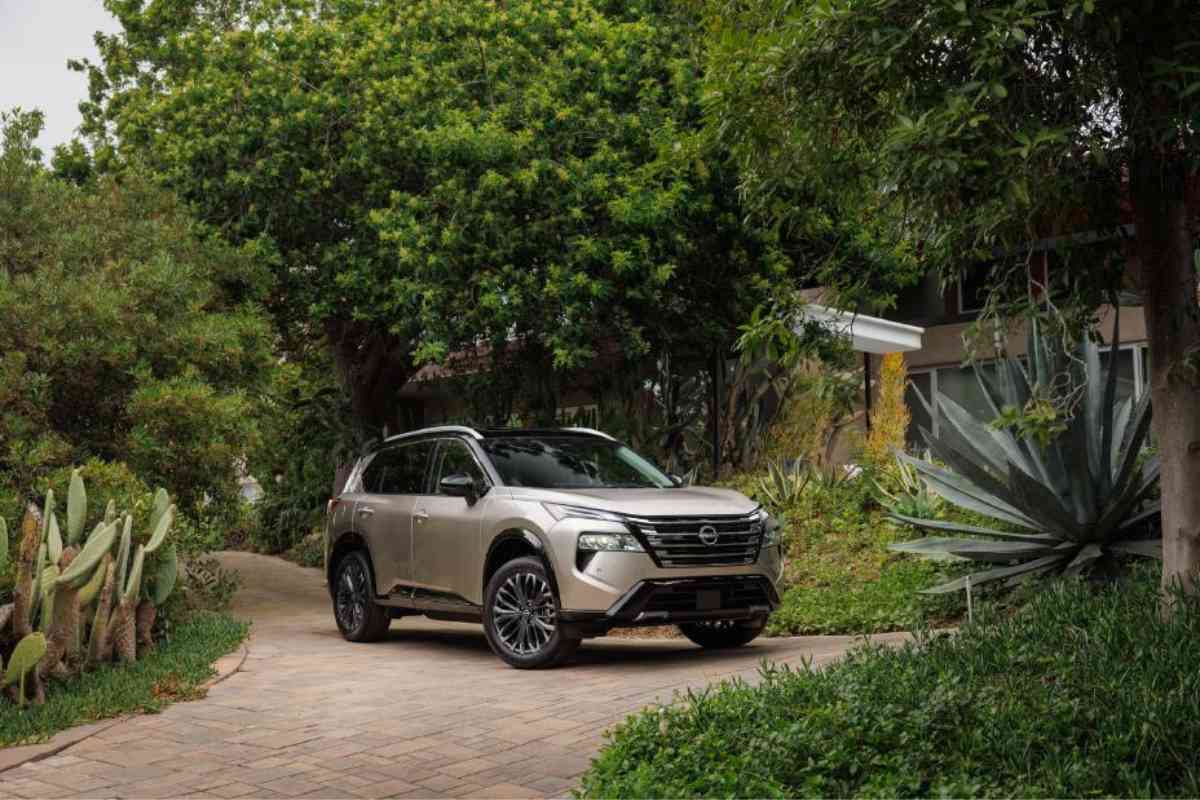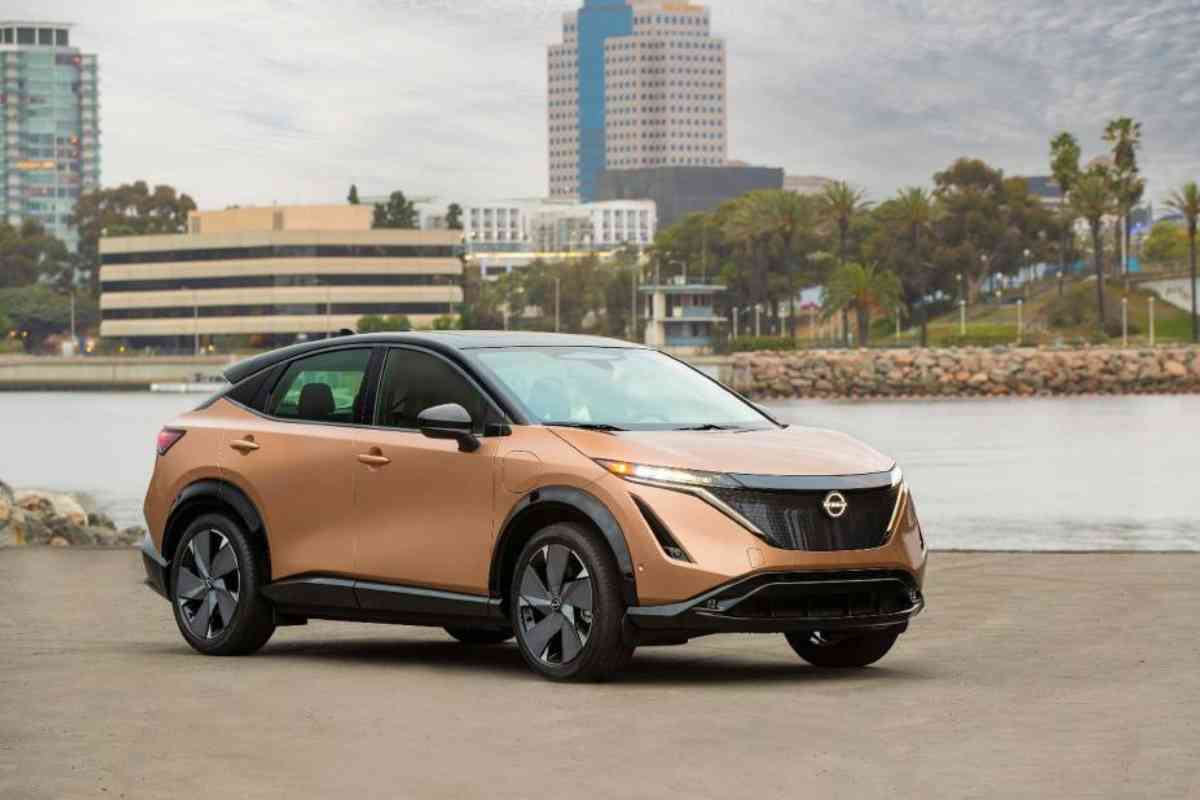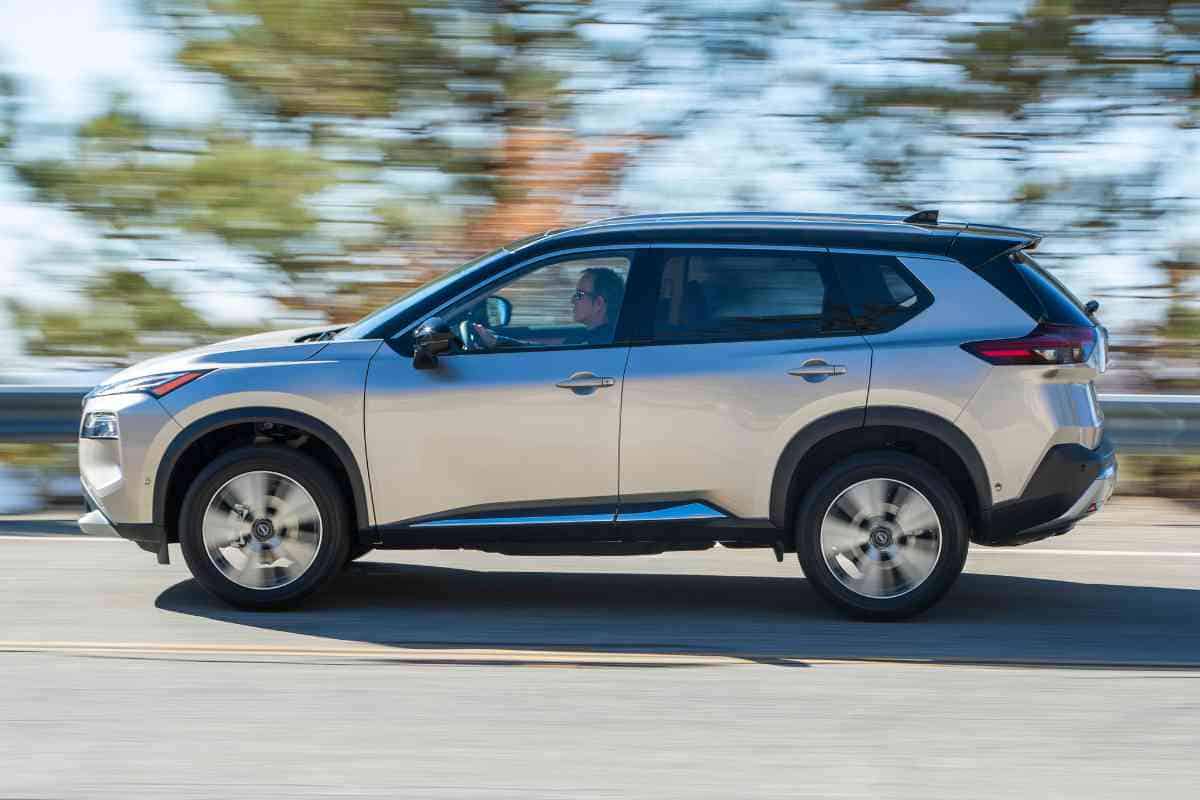Nissan Rogue Body Styles by Year: A Visual Evolution Guide
The evolution of the Nissan Rogue’s body styles over time showcases an intriguing progression in design and functionality. Since its debut in 2007, the Rogue has become a popular choice among drivers seeking a compact crossover SUV that blends utility, efficiency, and style adeptly. Nissan has consistently refreshed the Rogue year after year, aligning with the latest trends in the automotive industry and addressing consumer feedback.

Related Post! Do Nissan Rogues Hold Their Value?
What Are The Nissan Rogue Body Styles?
The Nissan Rogue body styles have evolved from compact SUV dimensions to more spacious crossover designs over the years. Initially launched as a compact SUV, recent iterations have adopted a crossover style, blending sedan comfort with SUV utility. This transition has led to increased interior space, offering enhanced legroom and cargo capacity for drivers.
Observing the various models of the Nissan Rogue, it’s apparent that changes in its body style, while often subtle, are profoundly meaningful, demonstrating Nissan’s dedication to refinement. Highlights include striking redesigns, expansions in interior space, and the adoption of cutting-edge safety technologies. Each iteration of the Rogue not only enhances the features introduced by its predecessors but also brings novel advancements aimed at enriching the driving experience.
For those considering the Nissan Rogue or intrigued by its design evolution, recognizing how its body style and essential attributes have transformed over the years offers valuable insights. This understanding is like piecing together a puzzle that reveals the broader narrative of Nissan’s design ethos and innovative approach to car manufacturing.
Essential Insights
- The Nissan Rogue has seen annual evolution, mirroring changes in design preferences and consumer demands.
- Updates frequently encompass aesthetic revamps, along with progressions in safety measures and technological integration.
- Familiarity with the Rogue’s year-to-year transformations aids in making a well-informed decision when selecting a vehicle.
Historical Progression
The Nissan Rogue has experienced significant transformations across its generations, each introducing a fresh aesthetic and contemporary features. Here’s a detailed look at its development:
First Generation (2008-2013)
Launching in 2008, the inaugural Nissan Rogue captivated with its modern styling and sedan-like maneuverability. This era featured the Rogue powered by a 2.5-liter four-cylinder engine and a continuously variable transmission (CVT), focusing on making daily commutes more efficient.
Second Generation (2014-2020)
The onset of the second generation in 2014 presented a more spacious Rogue, with an added third-row seating option to accommodate additional passengers. Notable for its enhanced fuel economy and a robust suite of safety features, this generation introduced Nissan’s ProPILOT Assist, a semi-autonomous driving feature designed for comfort and control on long journeys.
Third Generation (2021-Present)
Beginning in 2021, the latest generation of the Rogue boasts a more daring design and advanced technological features. The current Rogue features a digital dashboard and larger infotainment screens, reflecting modern automotive trends. With innovative storage solutions and the latest in driver-assist technology, Nissan underscores its commitment to creating vehicles that cater to contemporary driving demands, making each journey in the Rogue a tailored experience.
Related Post! How Reliable Are Nissan Rogues?

Notable Features By Year
Throughout its history, the Nissan Rogue has undergone significant transformations, with certain model years standing out for their extensive updates and enhanced features. Let’s delve into the milestones of the Rogue’s evolution, highlighting the major advancements introduced in specific years.
2008 Release Overview
The 2008 debut of the Nissan Rogue emphasized utility fused with style, featuring a 170-horsepower 2.5-liter four-cylinder engine paired with a continuously variable transmission (CVT) for a blend of performance and efficiency. Its bold design and generous cargo space, coupled with an optional advanced all-wheel-drive (AWD) system, marked Nissan’s ambitious foray into the compact crossover arena.
2014 Significant Redesign
2014 saw a comprehensive redesign of the Rogue, with notable improvements in technology and comfort. The NissanConnect system offered drivers better connectivity and navigation options. Enhancements in fuel efficiency, safety features like blind-spot warning, and the versatile EZ Flex Seating System underscored the Rogue’s competitive edge.
2021 Latest Advancements
The unveiling of the third-generation Rogue in 2021 brought Nissan’s most recent innovations to the forefront. A more robust design and an array of new tech and safety features, including ProPilot Assist, elevated the driving experience. A digital dashboard and upscale interior further refined the Rogue’s appeal.
Evolution of Body Styles

A closer look at the Rogue’s progression reveals distinct shifts in body styles, transitioning from the compact dimensions of its earlier models to the more spacious crossover designs of recent years.
Compact vs. Crossover
Originally positioned as a compact SUV, the latest Rogue iterations have evolved into the crossover category, offering a blend of sedan comfort and SUV utility. This evolution has significantly influenced driving dynamics, with the crossover models providing a smoother, more sedan-like driving experience.
Exterior and Interior Changes
Over time, the Rogue has seen modest increases in exterior dimensions, adopting a bolder stance and offering increased interior space. These changes have improved legroom and cargo capacity, making the Rogue a more practical choice for families and those requiring ample storage.
Related Post! Nissan Rogue Years To Avoid
Looking Ahead

The future of the Nissan Rogue promises continued stylistic and technological innovation. As the market trends toward sleeker, more aerodynamically efficient designs, expect the Rogue to adapt with sharper lines and enhanced fuel efficiency. Additionally, the shift towards electric vehicles could see future Rogue models incorporating design elements optimized for EV functionality, such as lightweight materials and space-efficient interiors to accommodate batteries.
Anticipate advancements in safety and infotainment systems as Nissan aims to integrate more sophisticated driver assistance technologies. With Nissan’s reputation for producing affordable, tech-rich vehicles, future Rogue models are likely to continue this legacy, possibly introducing features like heads-up displays, improved connectivity, and autonomous driving capabilities. Keep an eye on Nissan for the next evolution of the Rogue, as they are known for taking bold strides in performance and design.
Related Post! What To Look For When Buying A Used Nissan Rogue
